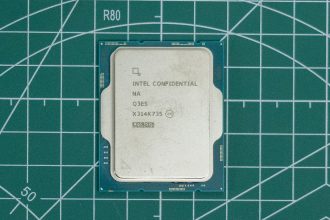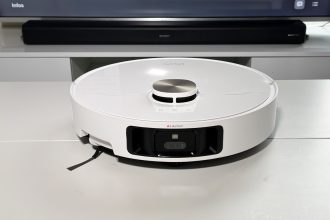If you follow tech news at all, you’ll know that Nothing has recently released two new models of headphones. Firstly, the Nothing Ear, which I tested a short while ago, and the Nothing Ear (a), which I’m going to test today.
The latter are a slightly less premium model than the Ear, and were created with the aim of making them more accessible to the general public.
Nothing Ear (a) design
Before dissecting the product in terms of design, I’d first like to talk about the cardboard box in which the Nothing Ear (a) arrived, and the packaging as a whole.
Here, the brand isn’t reinventing the wheel; in fact, we find a box similar to most of the other products sold by Nothing. On the front, only an earphone with the model number is shown, with some information on the back.
Opening the box, we find the earphones in their transparent box, so here are the contents of the box as a whole:
- The Nothing Ear (a)
- Several eartips in different sizes
- USB-C charging cable
- A quick-start guide
In short, the box contains everything you need to use the earphones without a care in the world. What’s more, the presence of several ear tips, namely those in sizes S, M and L, is really appreciated, bearing in mind that not everyone has the same ear shape.
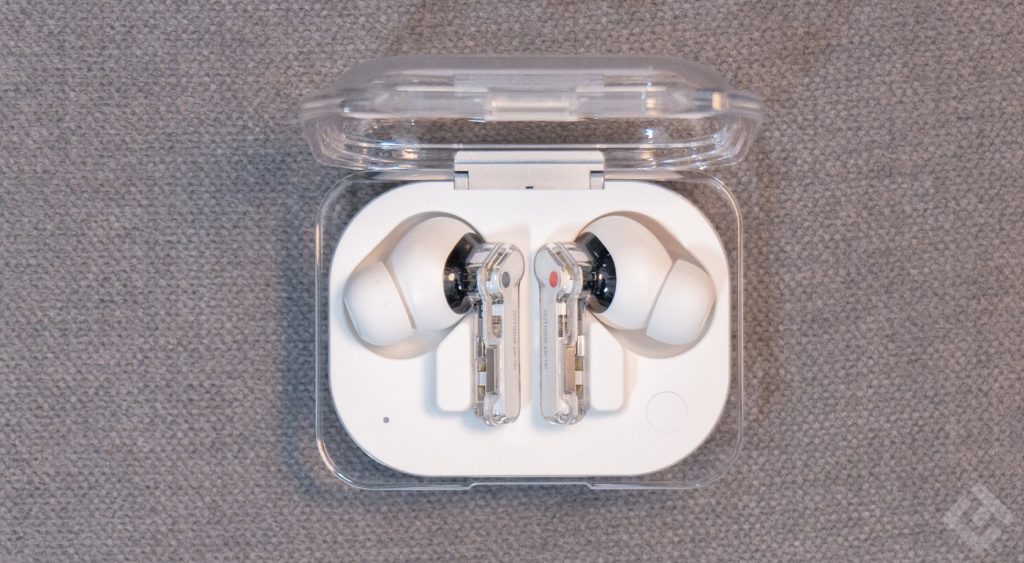
Let’s move on to a description of the aesthetics of the earphones and the case in which they are housed. The case in question is smaller than those of previous generations, and more compact to boot. Nothing used to supply larger, square-shaped cases; here, it’s rectangular.
The USB-C charging port is located on the rear edge. The Bluetooth pairing button, meanwhile, is no longer positioned on the outside, but inside the case.
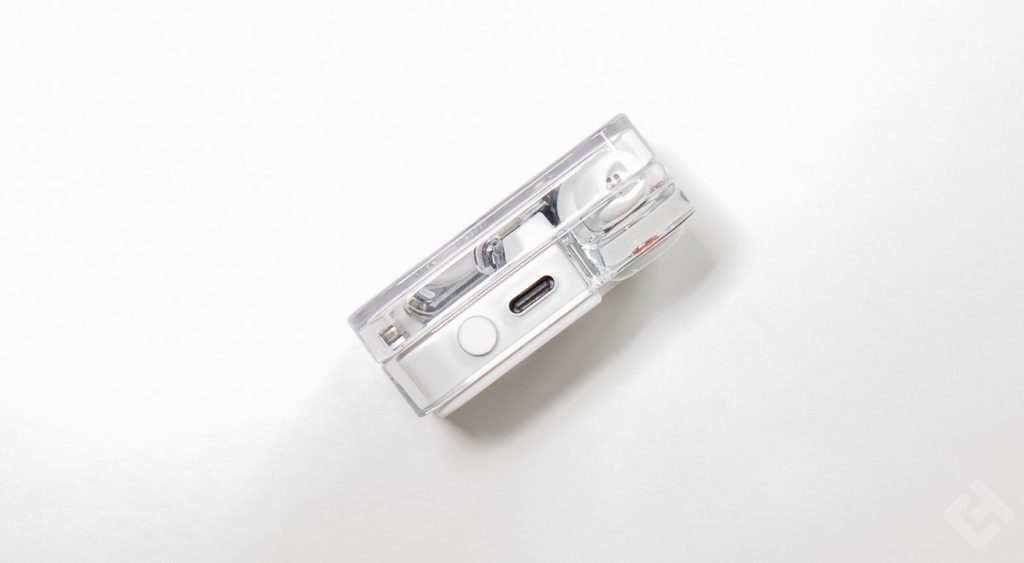
The opening system, on the other hand, remains unchanged. The plastic case always opens from front to back. This is quite logical, given that it’s Nothing, but I forgot to mention that the front panel is transparent, revealing the two earpieces.
The earpieces, for their part, don’t really change in terms of aesthetics, apart from a few details. First, I’d like to point out that the Ear (a) range comes in three different colors: yellow, black and white, the latter of which I personally tested.
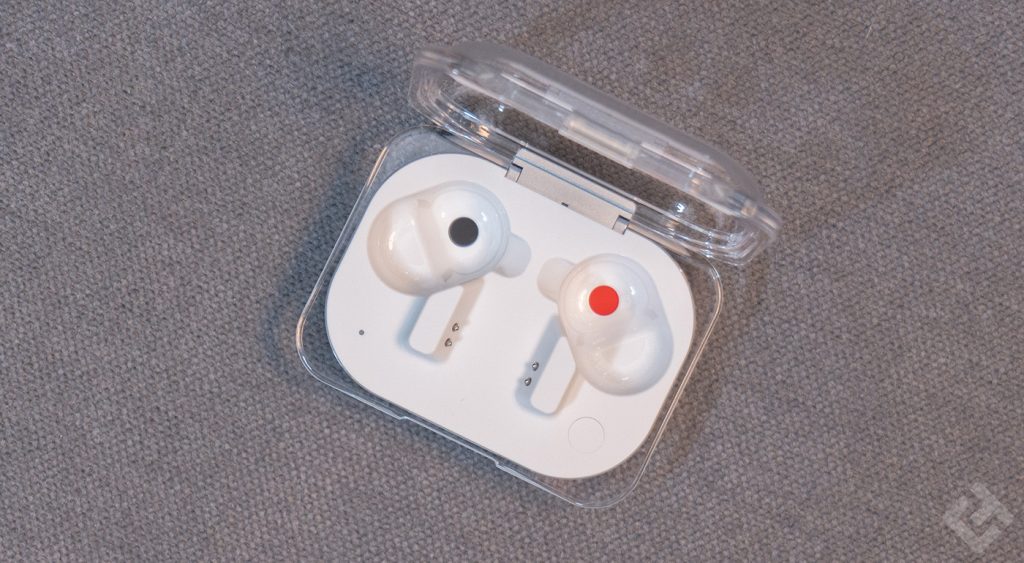
The temples are still transparent, but a small white plate covers the side coming out of your ears when you wear them. On the latter, we find an inscription recalling the earphone model, in a font that is unique to the brand.
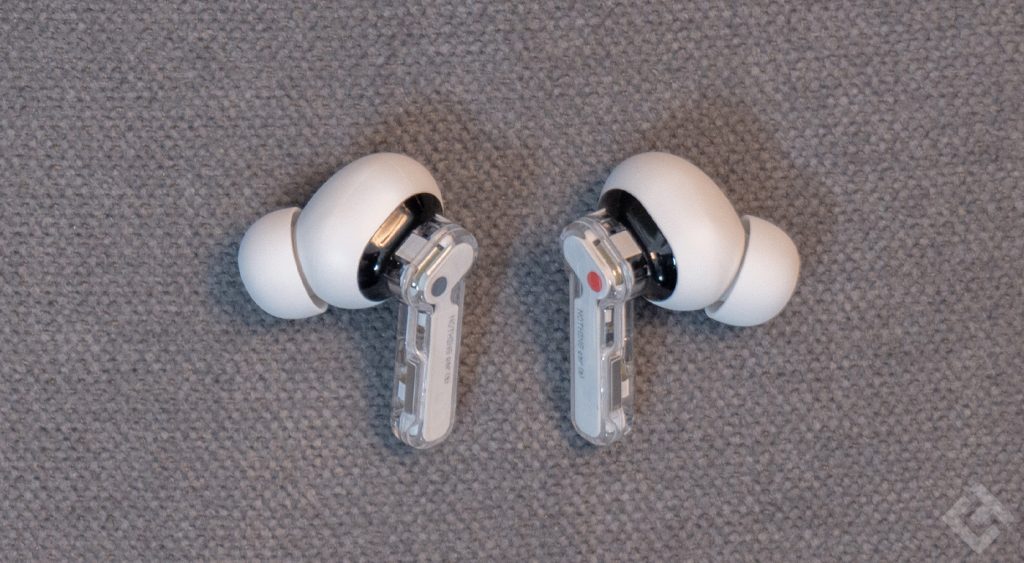
Like the AirPods, I noticed a pressure system on the lower part of the arms. This system allows you to change music, pause or activate/deactivate certain functions, such as ANC.
The charging ports haven’t changed either, and the transducers are two-tone. Indeed, I was able to find both black and white.
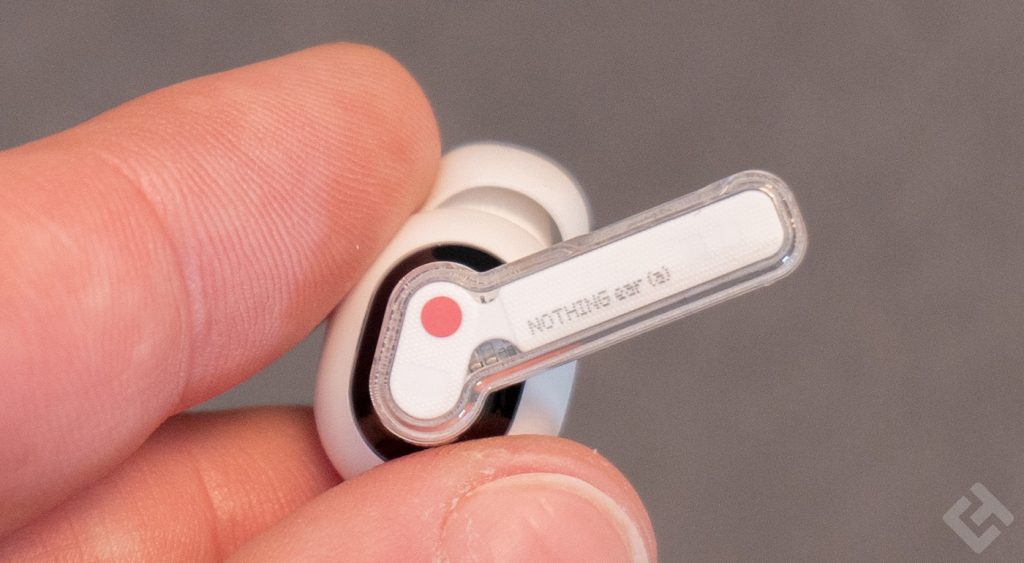
To conclude, apart from the case, which has changed drastically compared to previous models, or even compared to the Nothing Ear, the design of the earphones doesn’t really change. This is not to my displeasure, since they’re still very pretty, and as they say, why change a winning team?
Nothing Ear features (a)
| Model | Nothing Ear (a) |
| Type of earphones | Bluetooth True Wireless |
| Connectivity | Bluetooth 5.3 |
| Codecs supported | AAC, SBC, LDAC |
| Headphone dimensions |
|
| Case dimensions |
|
| Frequency response | N/C |
| Controls | Pressure |
| Operating time | Over 42.5 hours without ANC |
Nothing Ear sound quality (a)
This is certainly the part you’re most interested in, and I completely understand. When you invest in a product, no matter how much, it makes sense to be sure of its quality before you buy it, and that’s the whole point of this part of the test.
As you’ll no doubt have noticed from the photos in the design section of this article, the transducers have quite a lot of space, which means they deliver a much less muffled sound. In general, the more room a transducer has to “breathe”, the better it sounds.
The Nothing Ear (a) may not be as premium as the Ear, but their sound quality doesn’t disappoint. Indeed, I confess to having been pleasantly surprised by their sound flow at first. The sound emanating from them is powerful, and the sound level bar didn’t rise above halfway on my side.
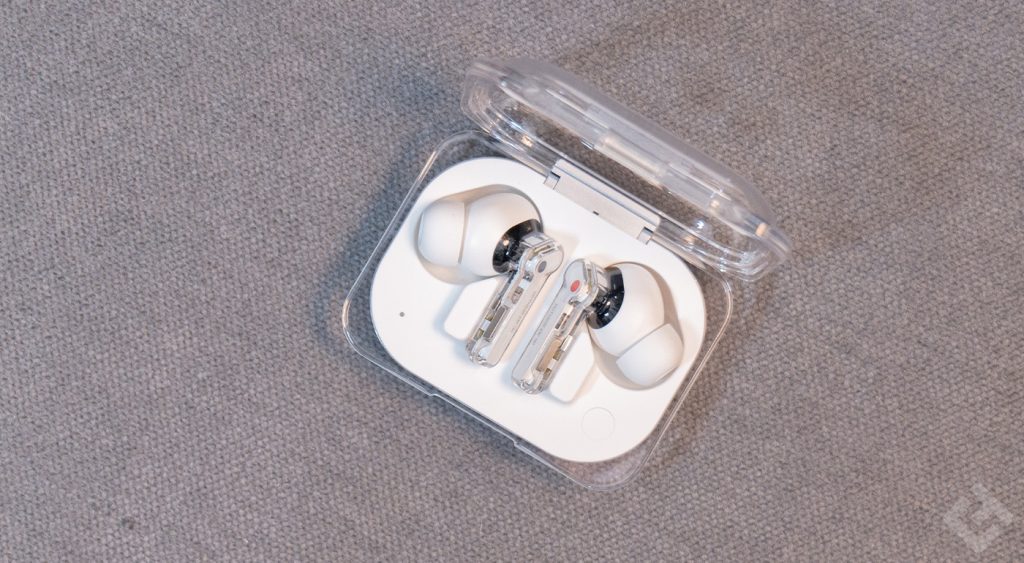
The headphones’ bass also surprised me. It’s often cliché in the audio world to add more bass so that the average consumer perceives the product as higher quality. The bass performs well, but doesn’t dominate the rest of the sound profile. They add punch to the music without drowning out the other frequencies. It’s a perfect balance, in my opinion.
As for the earphones’ sound profile, it’s very balanced, but not entirely flat either. These headphones are designed to be appreciated by those who simply want to enjoy their music, rather than for critical listening, a consideration that the brand has not overlooked.
Nothing Ear (a) user comfort
Once again, the Ear (a) may be more attractively priced than the brand’s other models, but comfort is as good as ever.
These are in-ear headphones that don’t sit deep in the ear, just enough to provide passive isolation from outside noise. In fact, here, the earpieces remain mostly outside your ears, which I like – you can breathe easier.
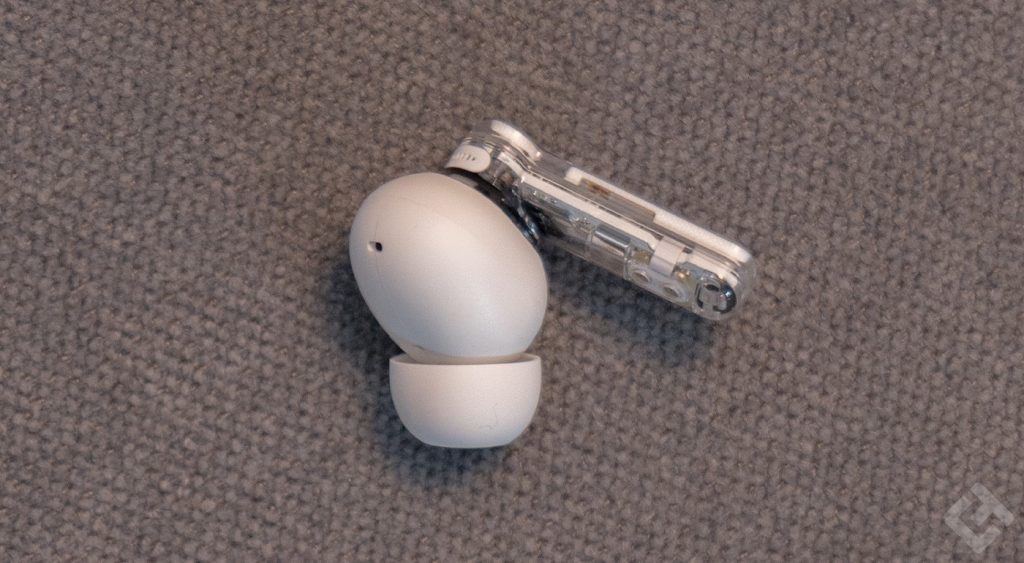
As I said when I talked about the product’s design, three sizes of ear tips are supplied, with size M pre-installed. Nothing now offers a tool for checking whether the size of eartip used is optimal. This is crucial if you want the best possible cancellation of ambient noise.
Silicone tips are quite soft and, of all the ones I’ve used, those on the Nothing earphones are my favorite. Foam tips are also available if you prefer.
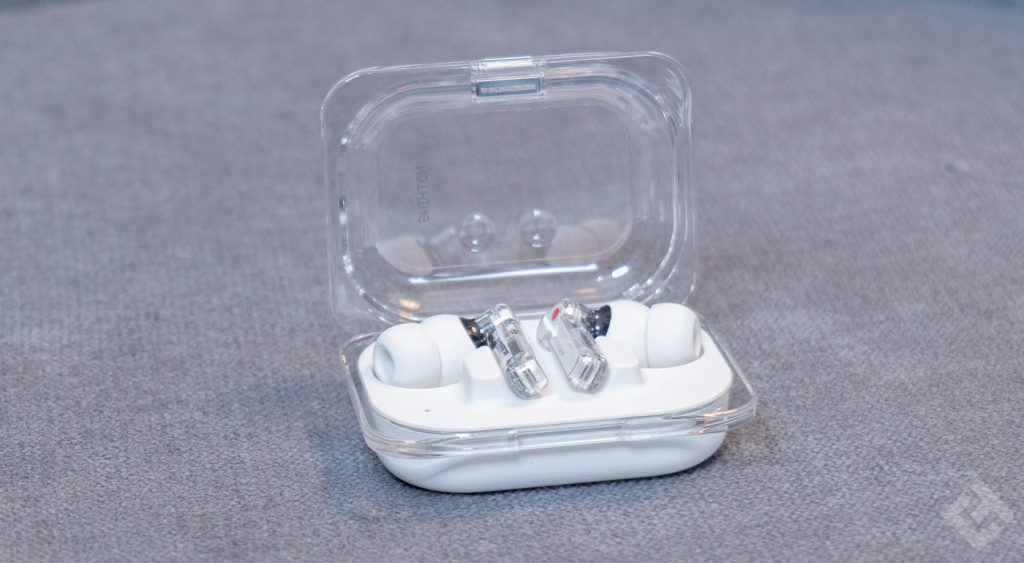
The earphones are lightweight and don’t protrude beyond the ear, which means they can be used for long periods without any particular discomfort. In my experience, they stay in place in the ear, but as every ear is different, I can’t guarantee that this will be the case for everyone.
All in all, the Nothing Ear (a) are very pleasant to wear and should please even those who are not used to in-ear headphones.
Nothing Ear (a) configuration
Wireless earphones inevitably require an application to set them up. Here, you’ll need to install Nothing X, which can be downloaded free of charge from the App Store and from the Google Play Store for Android smartphones.
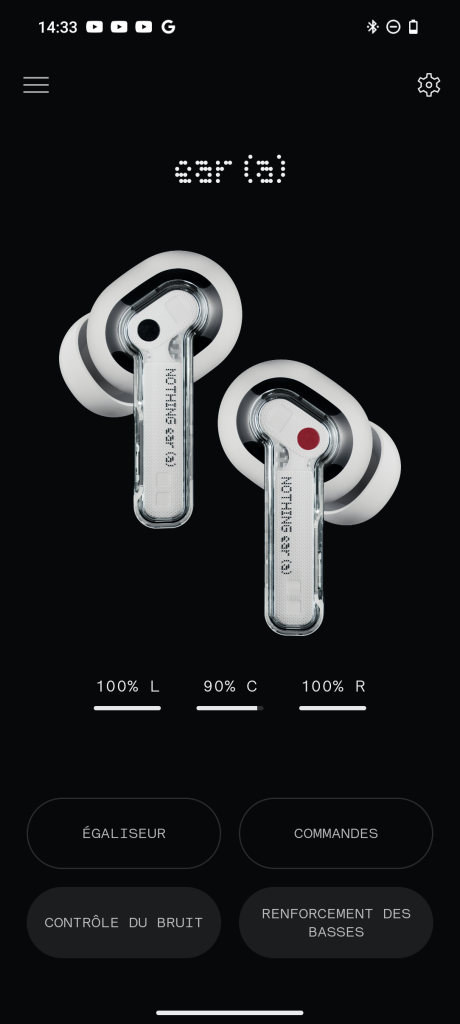
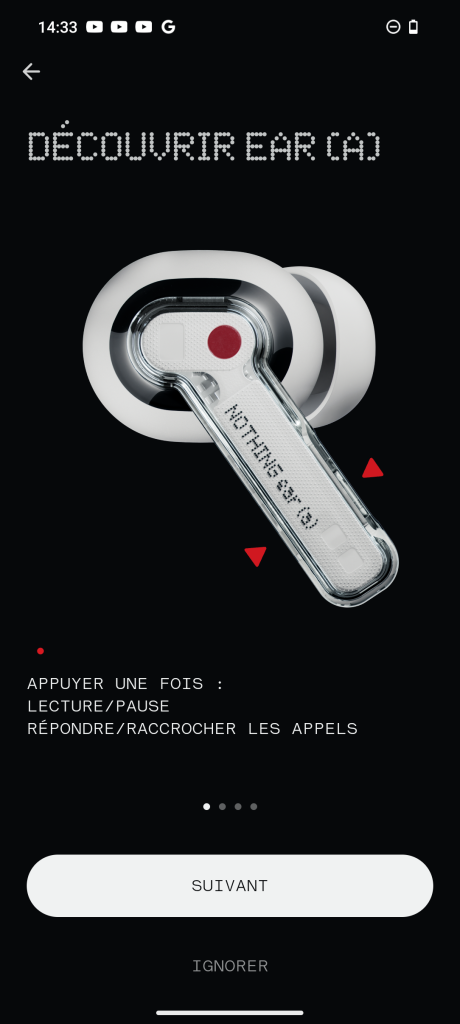
The great thing about Nothing X is that you don’t have to create an account, which is usually a bit of a hassle. All you have to do is activate your Bluetooth and wait for the application to recognize your earphones. To do this, remember to hold down the pairing button on the case for about 3 seconds.
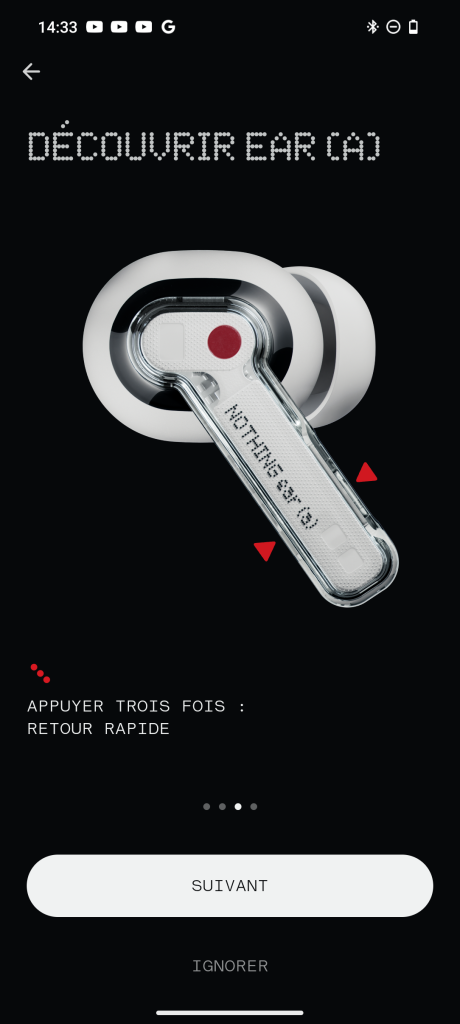
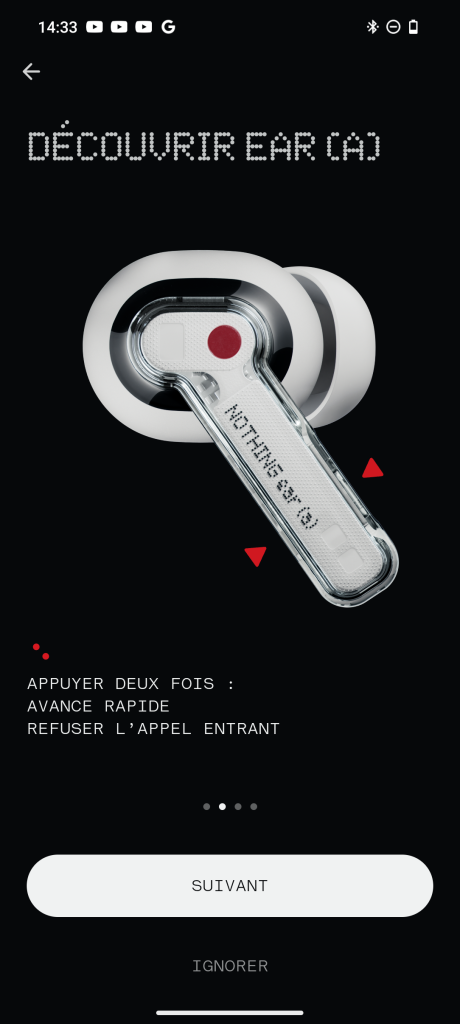
Once the Ear (a) has been recognized, all you have to do is follow the instructions given by the application. In fact, they’re not really instructions at all, but rather a start-up guide to help you understand all the earphones’ features.


Once you’ve read all the information, you’ll be given full access to the application, as shown by the various screenshots I’ve provided.
Nothing Ear (a) features
The functionalities offered by Nothing Ear (a) are more or less the same as for the brand’s other models, especially Ear. They include the famous and indispensable ANC, the sound equalizer and the transparency mode. I’ll tell you all about it here.
ANC mode
ANC (Active Noise Cancellation) mode lets you isolate yourself in your own bubble by actively cancelling out ambient noise.
In the application, you can choose from four different modes:
- High mode, the most aggressive, which attenuates the most noise.
- Medium mode, a compromise between efficiency and preservation of the sound ambience.
- Low mode, for low-noise environments.
- Adaptive mode, which automatically adjusts the ANC level according to ambient noise levels. The transition between levels is seamless, with no distortion or sound interruption.
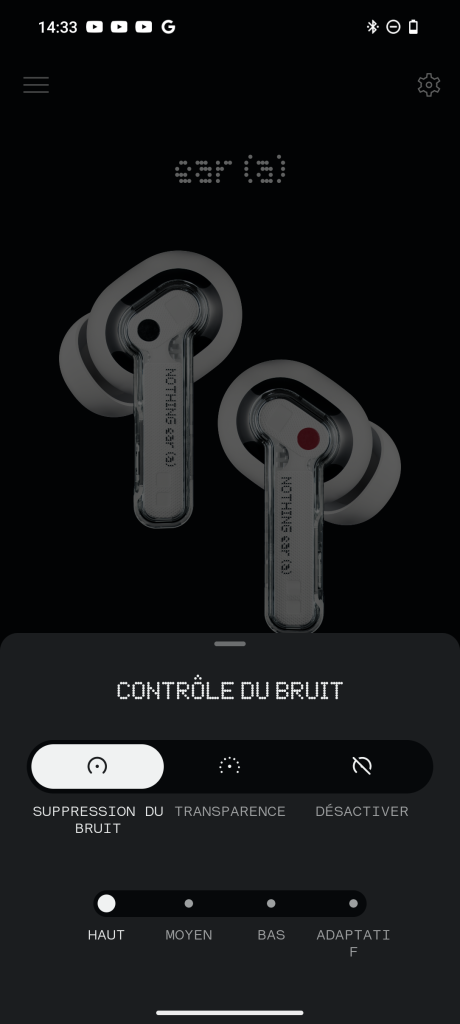
I really appreciate the fact that the pressure felt, even with ANC in its highest mode, is minimal. Some headphones, especially older generation ones, can generate a feeling of pressure in the ear canal that can be unpleasant after a while.
Transparency mode
Unlike ANC, transparent mode amplifies ambient noise. It’s a very practical mode that makes it easier to follow a short conversation without removing the earphones.
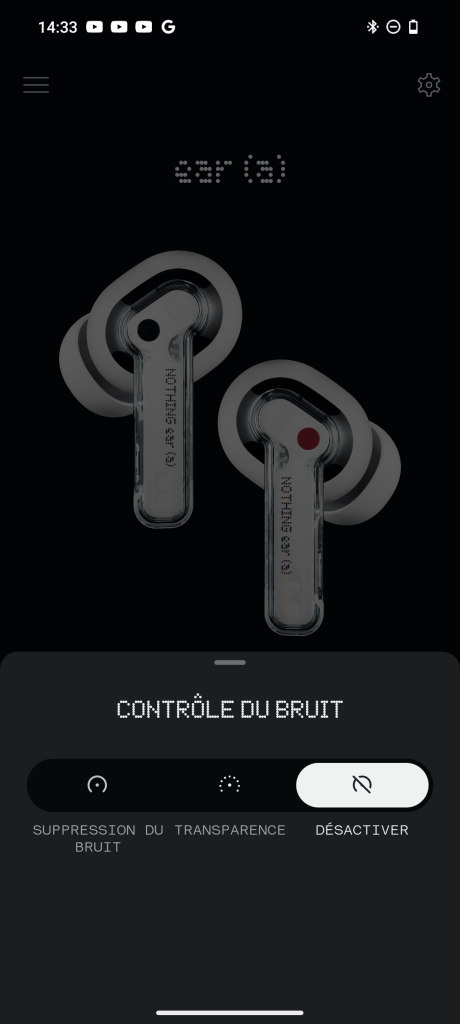
Dual connection mode
Nothing Ear headphones (a) can connect to two devices simultaneously. This feature must be activated from the Nothing X application and requires a restart of the earphones.
It’s important to note that the earphones don’t play sound from both devices simultaneously. However, they are able to switch automatically and intuitively between the two devices.
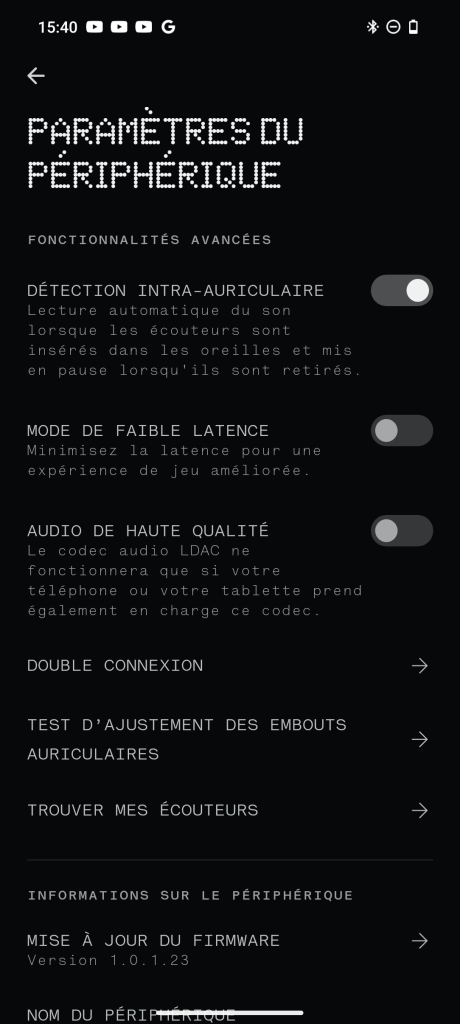
For example, if you stop music on your first device and start a video on the second, the headphones will automatically connect to the second device. There may be a slight latency, but nothing very long, and above all, nothing that can’t be improved in future updates.
Nothing Ear battery life (a)
As far as autonomy is concerned, the Nothing Ear (a) does very well. The case is equipped with a 500 mAh battery which, in my case, lasts for several weeks.
The battery capacity of the earphones themselves is 46 mAh. This allows several hours’ listening at medium to high volume, with the ANC activated in its loudest mode.
The box can be recharged using the USB-C cable supplied in the box, or alternatively using a wireless charger. The headphones are recharged via two pins, visible in the case once the headphones have been removed.
Nothing X application
The Nothing Ear (a) are accompanied by the Nothing X application. This allows you to manage all the functions and settings associated with the earphones.

As I said earlier, the application doesn’t require you to create an account to use it, which I really appreciate. We’re changing our smartphones less and less often, so it makes little sense to save your settings in the cloud.
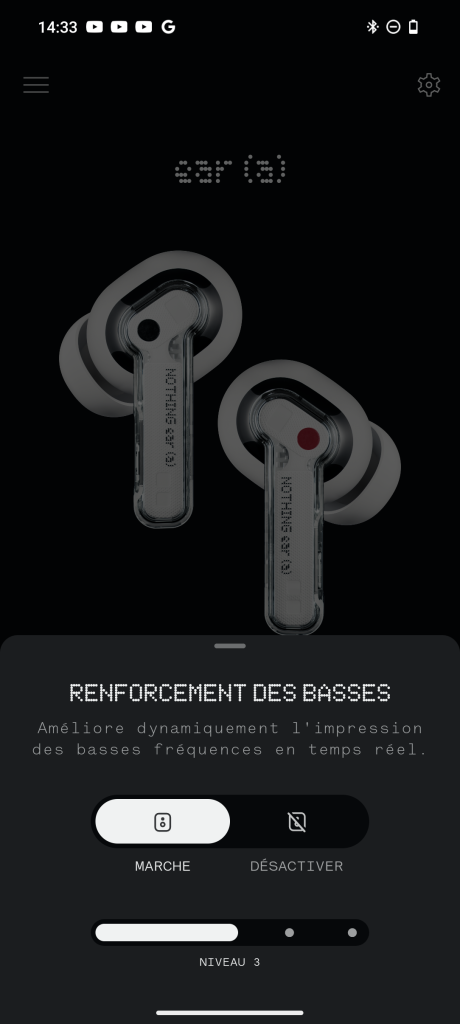
The application’s interface is pleasant to navigate. All menus are self-explanatory and easy to understand. The various functions are well explained, even the more technical ones.
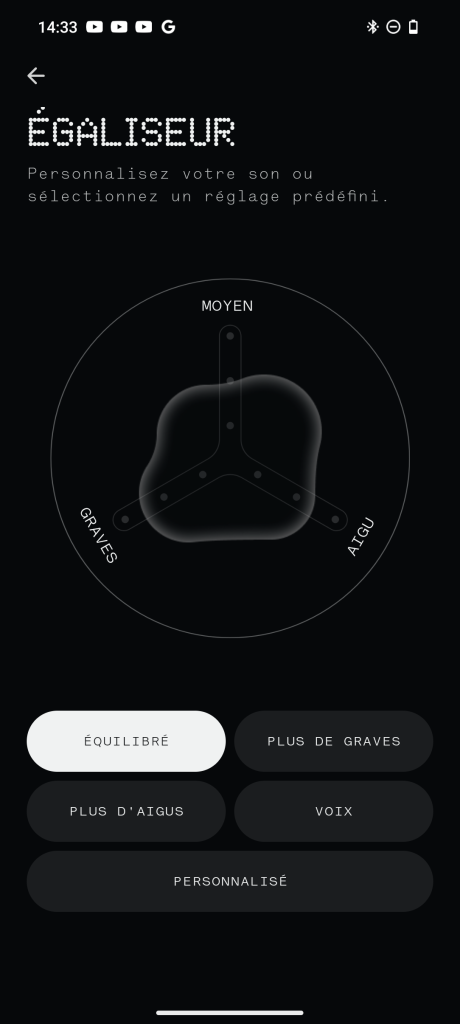
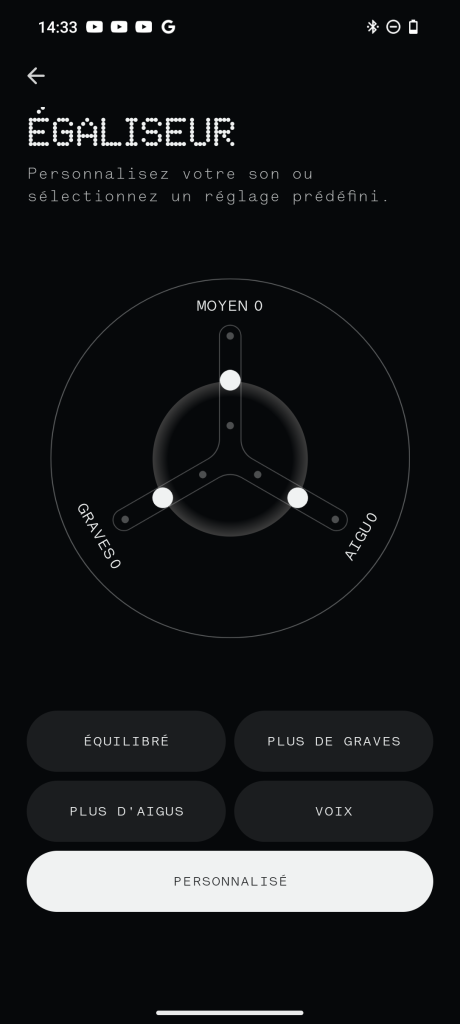
Finally, although the application is not indispensable, its weight of less than 100 MB is very light, so it won’t weigh down your smartphone. It also offers the possibility of firmware updates, which is very important.
Nothing Ear (a): Reviews
The Nothing Ear (a) are excellent headphones, offering exceptional value for money, at least in my opinion. To begin with, I really like the fact that the brand offers them in three different colors, notably yellow, which is a change from what we’re used to seeing.
Then, in terms of sound power and overall quality, I have nothing to complain about. Except perhaps that the bass is too present, but this is easily adjusted in the sound equalizer. What’s more, the functions offered are very well thought-out and very useful.






